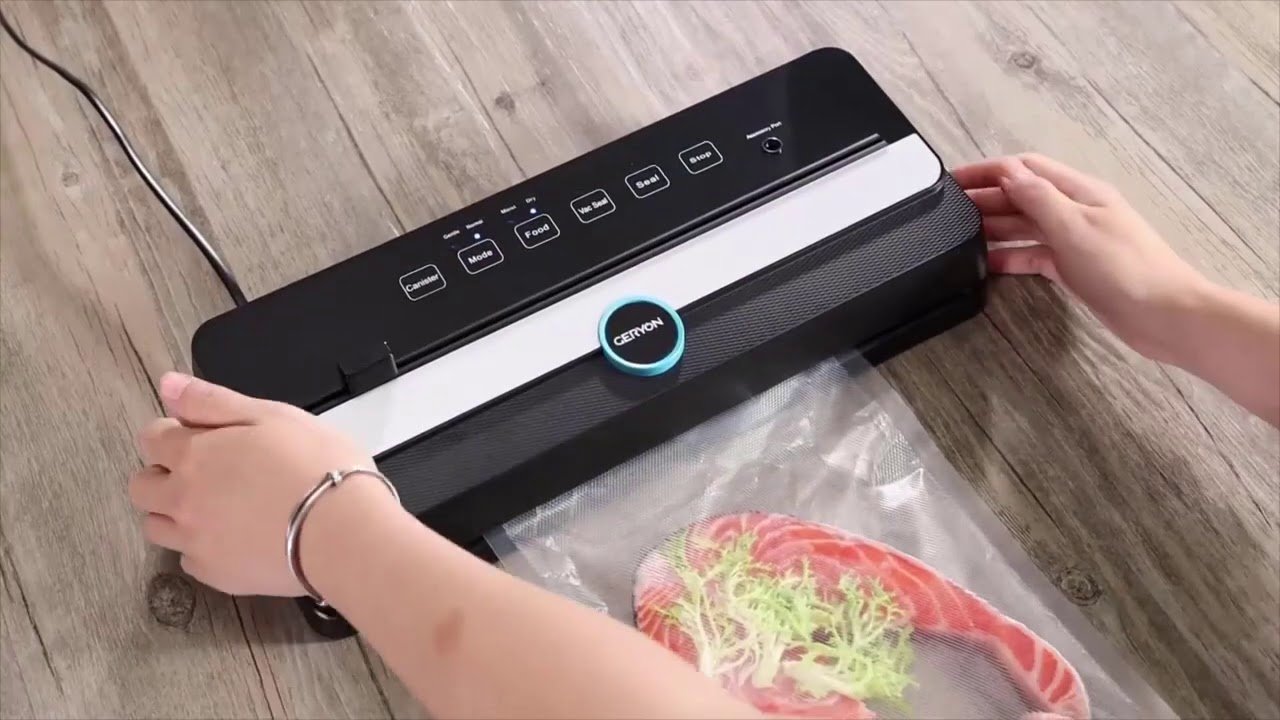Most of the food you buy from the market is usually meant to consumed in a day or two, and while some can be extended to a week most of us rarely keep it that long unless we decide to freeze it.
However, this does not apply to all types of food products, which is fortunate because, as you know, foods such as meat and fish can be a bit expensive. You must have wondered at some point in time how to store food effectively? I know I have. However, regular packing results in a few problems: freezer burn, growth of micro organisms like bacteria and yeast, which also emits a foul smell.
The good news is, that we’ve taken all these factors into account before reviewing the various food vacuum sealers here at Vacuum Sealer Reviews.
Why Food Goes Bad
Foods with higher fat content tend to become rancid, since they come into contact with oxygen, which is responsible for the bad taste and smell. On top of all this, you lose a lot of hard earned money by having to throw away spoilt food in the trash. This is where vacuum sealing comes into play; by eliminating all the problems listed above, and more. But, we will get to that in a moment.
In the whole current “eat-only-fresh-food” scenario, you might be wondering how effective this technique really is.
Well, the fact is that foods retain their freshness and natural flavor a whopping 3 to 5 times better by being vacuum sealed rather than conventional packing methods!
Eliminate Freezer Burn
Freezer burn is eliminated completely, since food does not come into contact with atmospheric oxygen.
Similarly, bacterial growth causes fatty foods to become rancid but, all of these problems are eliminated by vacuum sealing the foods.
Ultimately, you also save on your food bills, as you don’t have to throw away any food, since it will not spoil! So vacuum sealing is a win-win solution for most of us.
To find out which food vacuum sealer best suits your needs and budget, check out the reviews here for an in-depth coverage of each food vacuum sealer product.
How Do The Numbers Stack Up?
Let’s look at how much vacuum sealing actually increases the shelf life of products, in numbers.
Typical large slabs of meat, poultry, lamb and pork can be stored for 6 months in the freezer; however, by being vacuum sealed, they stay fresh for 2 years.
In the case of ground meat, poultry, lamb and pork, vacuum-sealed life is 1 year, compared to regular shelf life of 4 months in the freezer.
Fresh produce like lettuce and vegetables can be extended from 3-6 days to a couple of weeks by vacuum sealing.
That means fewer trips to the store saving time, money and stress.
Fish can be refrigerated for up to 2 years by vacuum sealing, compared to just 6 months by regular packing.
And its not just meat and vegetables that can benefit from vacuum packing but many other items like coffee beans, cookies, strawberries, flour, rice, sugar, nuts to name but a few! They can all be vacuum sealed and stored for long periods, without losing out on the freshness and the quality.
Conclusion
There are many food vacuum sealers available on the market now. It’s a rapidly expanding sector and the choice can sometimes be overwhelming.
However, we try our best to review all of the most popular new vacuum sealers that come out on the market. So, please take some time to read our reviews, get involved, ask some questions and then head on over to our favorite shopping site and pick up a great bargain!
